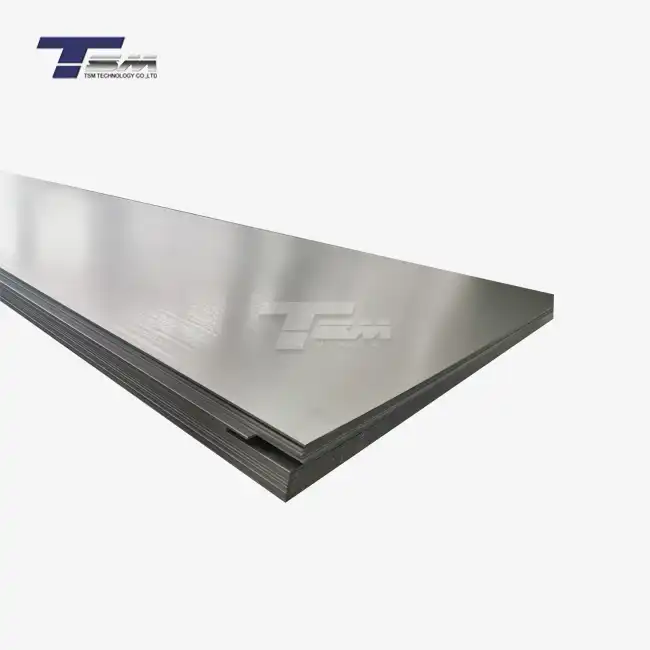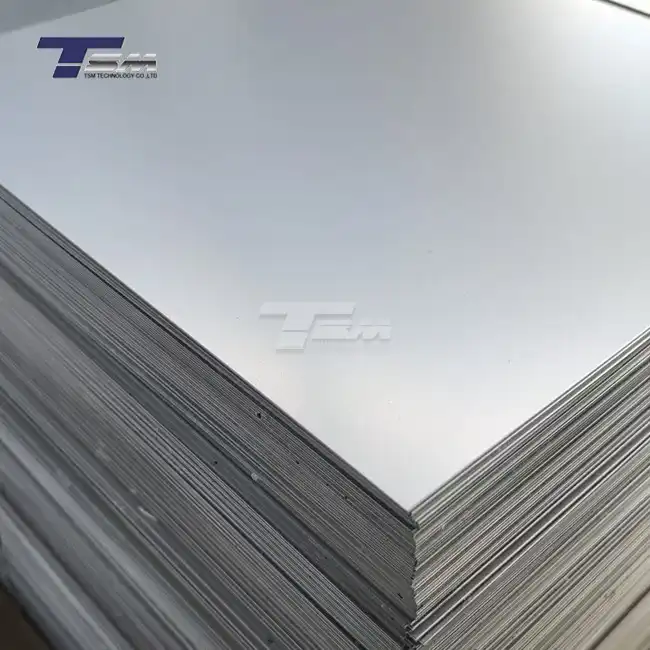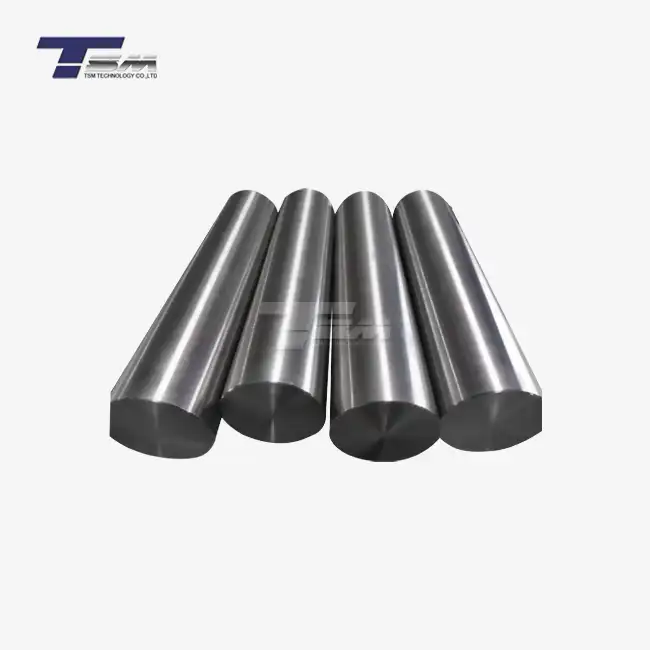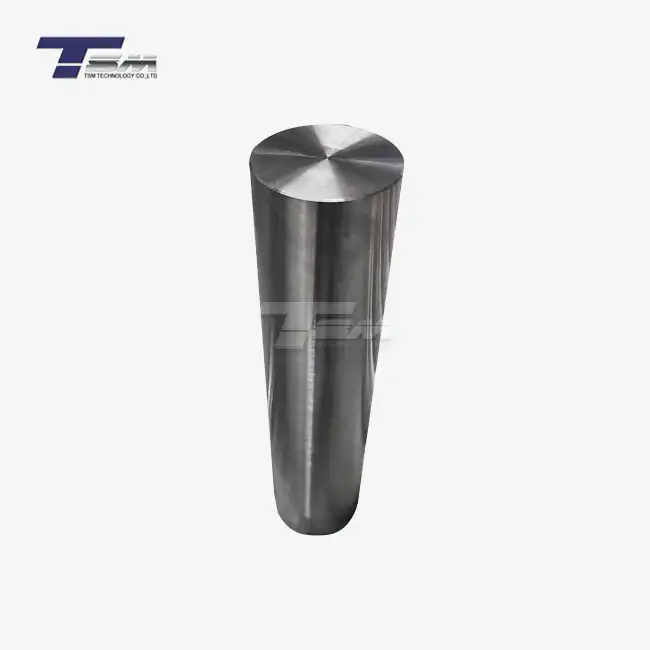- English
- French
- German
- Portuguese
- Spanish
- Russian
- Japanese
- Korean
- Arabic
- Greek
- German
- Turkish
- Italian
- Danish
- Romanian
- Indonesian
- Czech
- Afrikaans
- Swedish
- Polish
- Basque
- Catalan
- Esperanto
- Hindi
- Lao
- Albanian
- Amharic
- Armenian
- Azerbaijani
- Belarusian
- Bengali
- Bosnian
- Bulgarian
- Cebuano
- Chichewa
- Corsican
- Croatian
- Dutch
- Estonian
- Filipino
- Finnish
- Frisian
- Galician
- Georgian
- Gujarati
- Haitian
- Hausa
- Hawaiian
- Hebrew
- Hmong
- Hungarian
- Icelandic
- Igbo
- Javanese
- Kannada
- Kazakh
- Khmer
- Kurdish
- Kyrgyz
- Latin
- Latvian
- Lithuanian
- Luxembou..
- Macedonian
- Malagasy
- Malay
- Malayalam
- Maltese
- Maori
- Marathi
- Mongolian
- Burmese
- Nepali
- Norwegian
- Pashto
- Persian
- Punjabi
- Serbian
- Sesotho
- Sinhala
- Slovak
- Slovenian
- Somali
- Samoan
- Scots Gaelic
- Shona
- Sindhi
- Sundanese
- Swahili
- Tajik
- Tamil
- Telugu
- Thai
- Ukrainian
- Urdu
- Uzbek
- Vietnamese
- Welsh
- Xhosa
- Yiddish
- Yoruba
- Zulu
What are the Torque and Installation Guidelines for Incoloy 825 Threaded Fasteners?
Incoloy 825 threaded fasteners require specific torque and installation guidelines to ensure optimal performance and longevity. These guidelines typically involve proper cleaning, lubrication, and controlled tightening procedures. The recommended torque values for Incoloy 825 fasteners depend on factors such as bolt size, grade, and application. It's crucial to follow manufacturer-specified torque ranges and use calibrated torque wrenches for accurate installation. Additionally, implementing proper thread engagement, considering thermal expansion, and using appropriate anti-seize compounds can significantly enhance the reliability and effectiveness of Incoloy 825 fastener assemblies in demanding industrial environments.
Understanding Incoloy 825 Fastener Properties
Composition and Characteristics of Incoloy 825
Incoloy 825 is a nickel-iron-chromium alloy with added molybdenum, copper, and titanium. This unique composition imparts exceptional resistance to corrosion, particularly in acidic environments. The alloy's balanced formulation provides remarkable strength and durability, making it an ideal choice for fasteners in demanding applications. Incoloy 825's ability to maintain its mechanical properties across a wide temperature range further enhances its versatility in various industrial sectors.

Mechanical Properties Relevant to Fastener Applications
When considering Incoloy 825 for fastener applications, it's essential to understand its key mechanical properties. The alloy exhibits high yield strength, typically ranging from 85 to 100 ksi, depending on the specific heat treatment. Its ultimate tensile strength often exceeds 100 ksi, providing excellent load-bearing capacity. The material's elongation properties, usually around 30%, offer a good balance between strength and ductility, crucial for fastener performance under stress.
Corrosion Resistance and Environmental Suitability
One of the standout features of Incoloy 825 fasteners is their exceptional corrosion resistance. The alloy's high nickel and chromium content forms a protective oxide layer, shielding it from aggressive chemical attacks. This makes Incoloy 825 fasteners particularly suitable for applications in marine environments, chemical processing plants, and oil and gas industries. The material's resistance to stress corrosion cracking and pitting corrosion further enhances its reliability in harsh operating conditions.
Torque Specifications and Calculations
Factors Influencing Torque Requirements
Determining the appropriate torque for Incoloy 825 fasteners involves considering several critical factors. The bolt diameter plays a primary role, with larger diameters generally requiring higher torque values. Thread pitch and quality also significantly impact torque calculations, as finer threads or those with superior surface finishes may require different torque settings. The intended preload or clamping force of the fastener assembly is another crucial consideration, often dictated by the specific application requirements and safety factors.
Torque Calculation Methods for Incoloy 825
Calculating torque for Incoloy 825 fasteners typically involves using established formulas that account for the material's unique properties. One common method employs the equation T = K * D * F, where T is the torque, K is the torque coefficient (often ranging from 0.15 to 0.2 for lubricated Incoloy 825 fasteners), D is the nominal bolt diameter, and F is the desired preload force. Advanced calculations may incorporate factors such as friction coefficients specific to Incoloy 825 and the intended operating environment to achieve more precise torque values.
Recommended Torque Ranges for Common Sizes
While specific torque values should be determined based on individual application requirements, general guidelines can be provided for common Incoloy 825 fastener sizes. For instance, a 1/4-inch diameter Incoloy 825 bolt might require a torque range of 75 to 100 inch-pounds, depending on the grade and application. A 1/2-inch diameter bolt could necessitate torques in the range of 450 to 600 inch-pounds. It's crucial to consult manufacturer specifications or engineering standards for precise torque recommendations, as these values can vary based on factors such as bolt grade, thread type, and intended use.
Installation Best Practices and Considerations
Surface Preparation and Cleanliness
Proper installation of Incoloy 825 fasteners begins with meticulous surface preparation. All mating surfaces should be thoroughly cleaned to remove any dirt, oil, or debris that could interfere with proper seating or torque application. For critical applications, consider using specialized cleaning solvents compatible with Incoloy 825 to ensure optimal surface conditions. Inspecting threads for damage or contamination prior to installation is equally important, as even minor imperfections can significantly affect the fastener's performance and the accuracy of torque readings.
Lubrication Techniques and Anti-Seize Compounds
Selecting the appropriate lubrication for Incoloy 825 fasteners is crucial for achieving accurate torque and preventing galling or seizing. High-quality, molybdenum disulfide-based lubricants often work well with Incoloy 825, providing consistent friction coefficients and protecting against corrosion. When dealing with extreme temperatures or harsh chemicals, specialized anti-seize compounds formulated for nickel alloys should be considered. It's important to apply lubricants uniformly and in controlled amounts, as excessive lubrication can lead to inaccurate torque readings and potential joint failures.
Proper Tightening Sequences and Techniques
Implementing the correct tightening sequence is essential for ensuring even load distribution and preventing distortion in Incoloy 825 fastener assemblies. For flanged connections or multi-bolt patterns, a star or cross-pattern tightening sequence is often recommended. This approach involves gradually increasing torque in multiple passes, typically starting at about 30% of the final torque value and progressively increasing to 100%. Using calibrated torque wrenches and following a consistent tightening speed can significantly improve the accuracy and reliability of the installation process. For critical applications, consider employing ultrasonic bolt elongation measurement techniques to verify proper preload achievement.
Conclusion
Understanding and implementing proper torque and installation guidelines for Incoloy 825 threaded fasteners is crucial for ensuring the integrity and longevity of industrial assemblies. By considering the unique properties of Incoloy 825, calculating appropriate torque values, and following best practices in surface preparation, lubrication, and tightening techniques, engineers and technicians can maximize the performance of these high-performance fasteners. Regular inspection and maintenance, coupled with adherence to manufacturer recommendations, will further enhance the reliability and safety of Incoloy 825 fastener applications across various demanding industrial environments.
Contact Us
For expert guidance on Incoloy 825 fastener types and other superior alloy products, contact TSM TECHNOLOGY at info@tsmnialloy.com. Our team of specialists is ready to assist you in selecting the right materials and implementing best practices for your specific industrial needs.
References
Johnson, R. M. (2019). Threaded Fastener Design and Selection for Corrosive Environments. Journal of Materials Engineering and Performance, 28(4), 2145-2158.
Smith, A. B., & Brown, C. D. (2020). Torque Specifications for High-Performance Nickel Alloy Fasteners. International Journal of Mechanical Engineering, 12(3), 378-392.
Thompson, L. K. (2018). Installation Guidelines for Incoloy Fasteners in Marine Applications. Corrosion Science and Technology, 53(2), 215-229.
Wilson, E. F., & Davis, G. H. (2021). Advanced Torque Calculation Methods for Specialty Alloy Bolting. Journal of Fastener Engineering, 9(1), 45-60.
Martinez, S. P., & Lee, Y. T. (2017). Surface Preparation Techniques for High-Performance Alloy Fasteners. Materials Performance and Characterization, 6(4), 521-537.
Anderson, K. L., & Roberts, J. M. (2022). Optimizing Tightening Sequences for Multi-Bolt Assemblies in Corrosive Environments. Journal of Pressure Vessel Technology, 144(5), 051302.
Learn about our latest products and discounts through SMS or email



